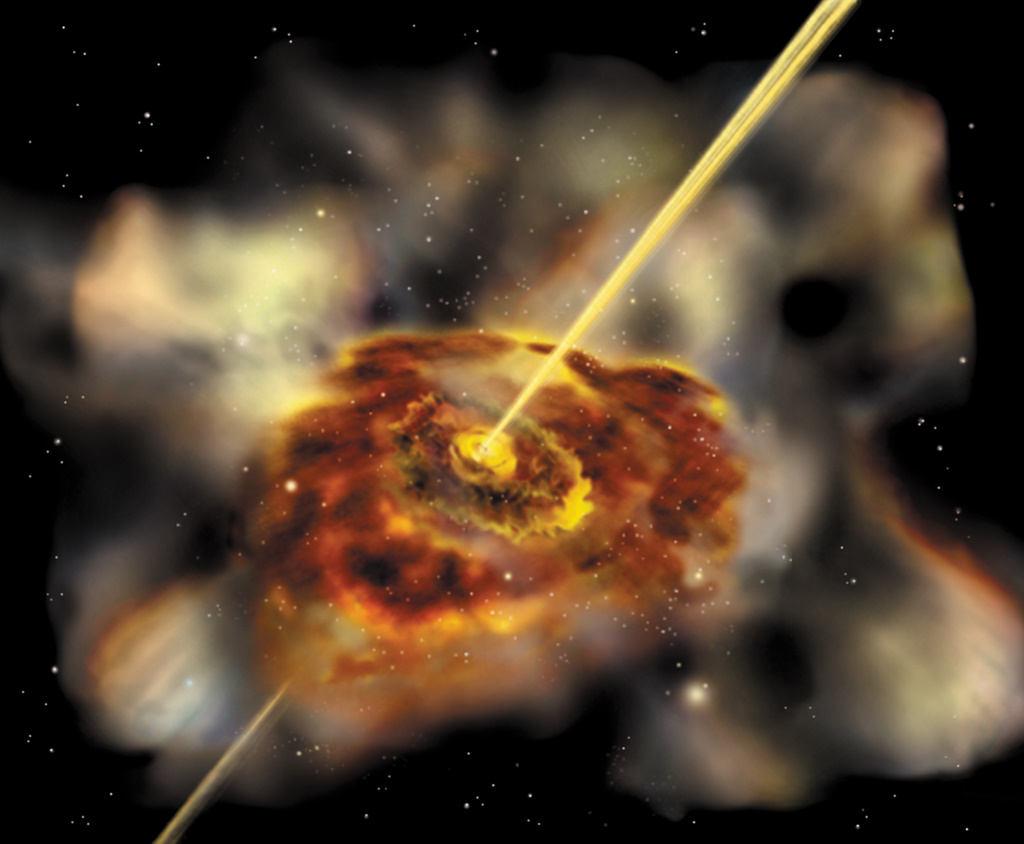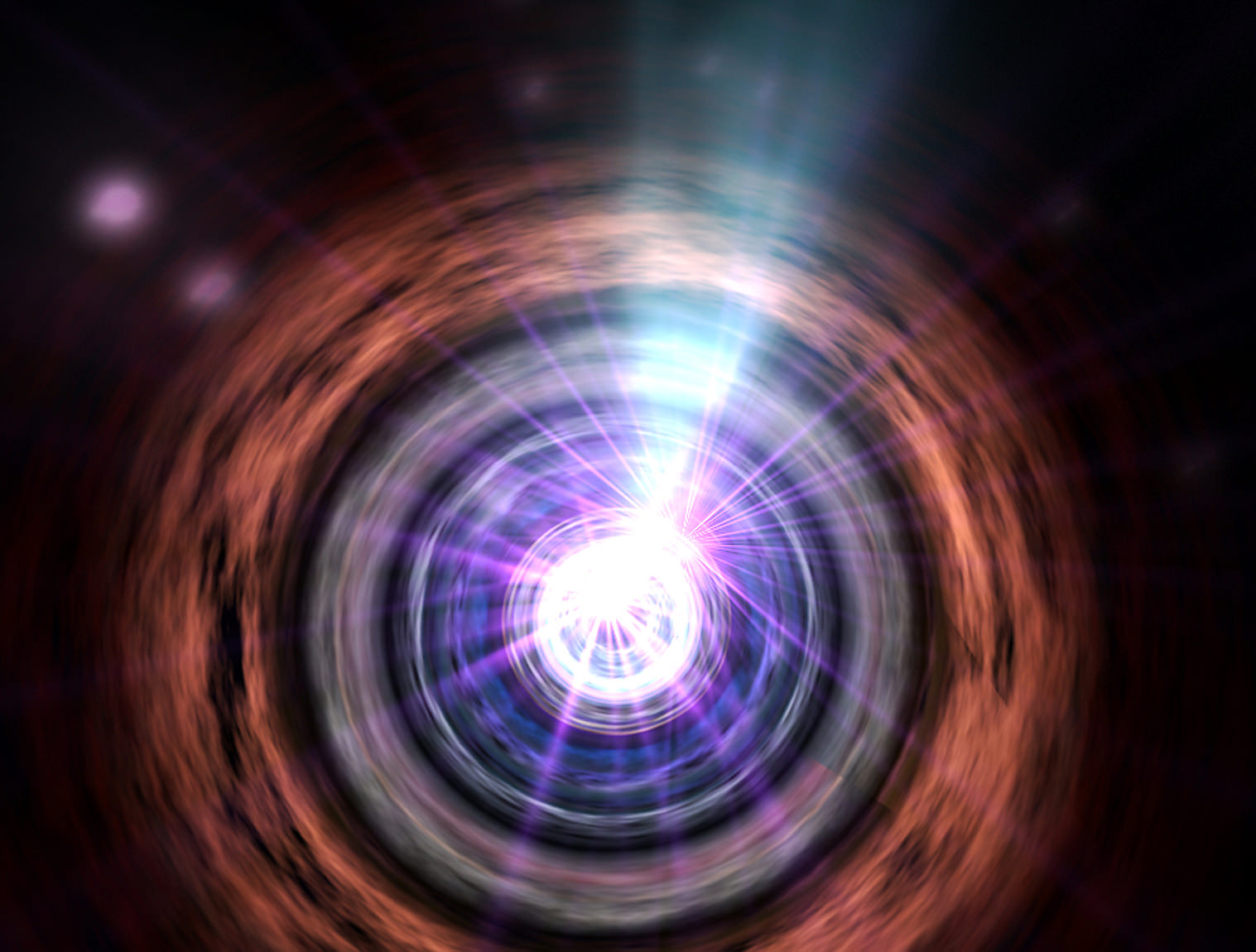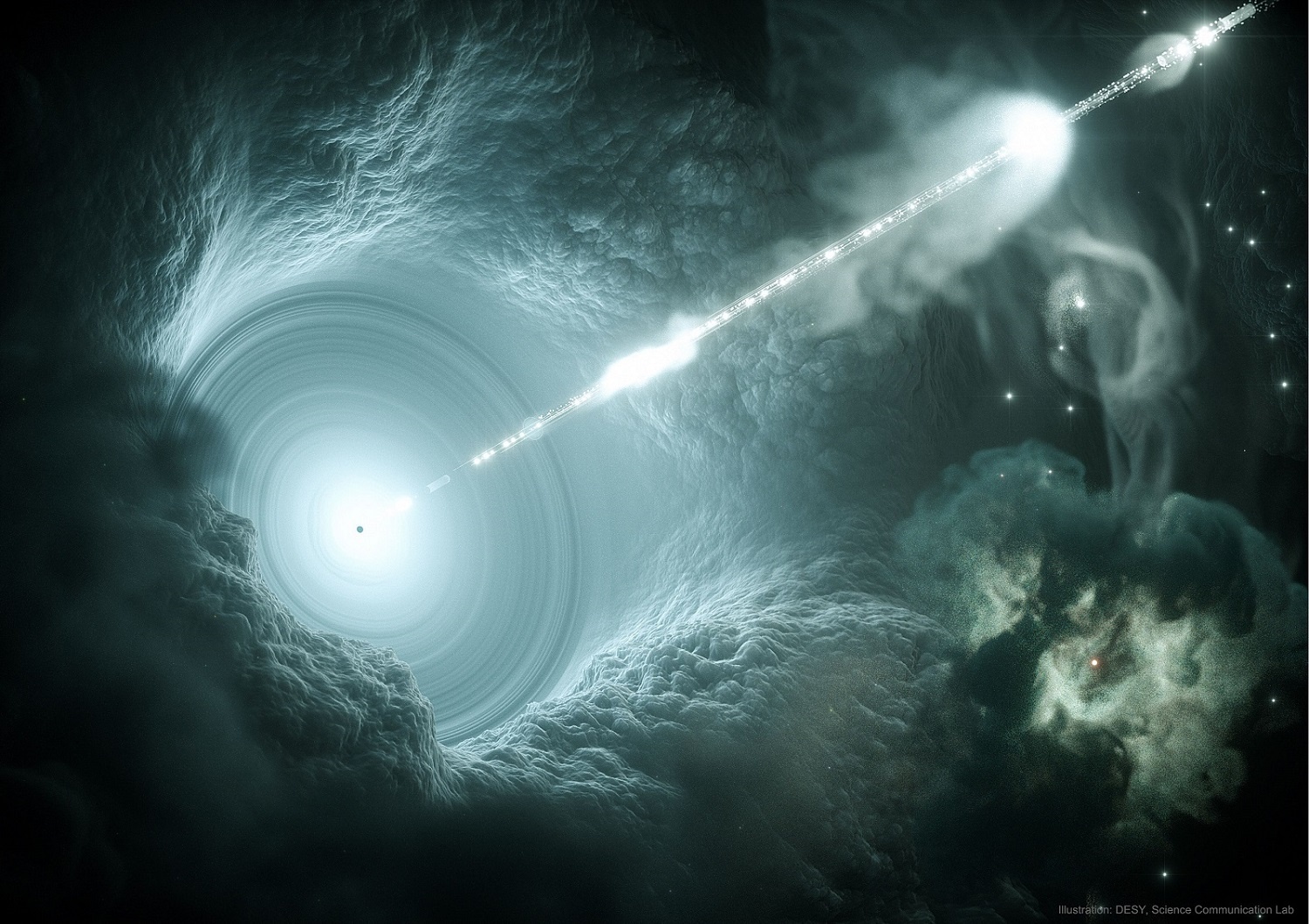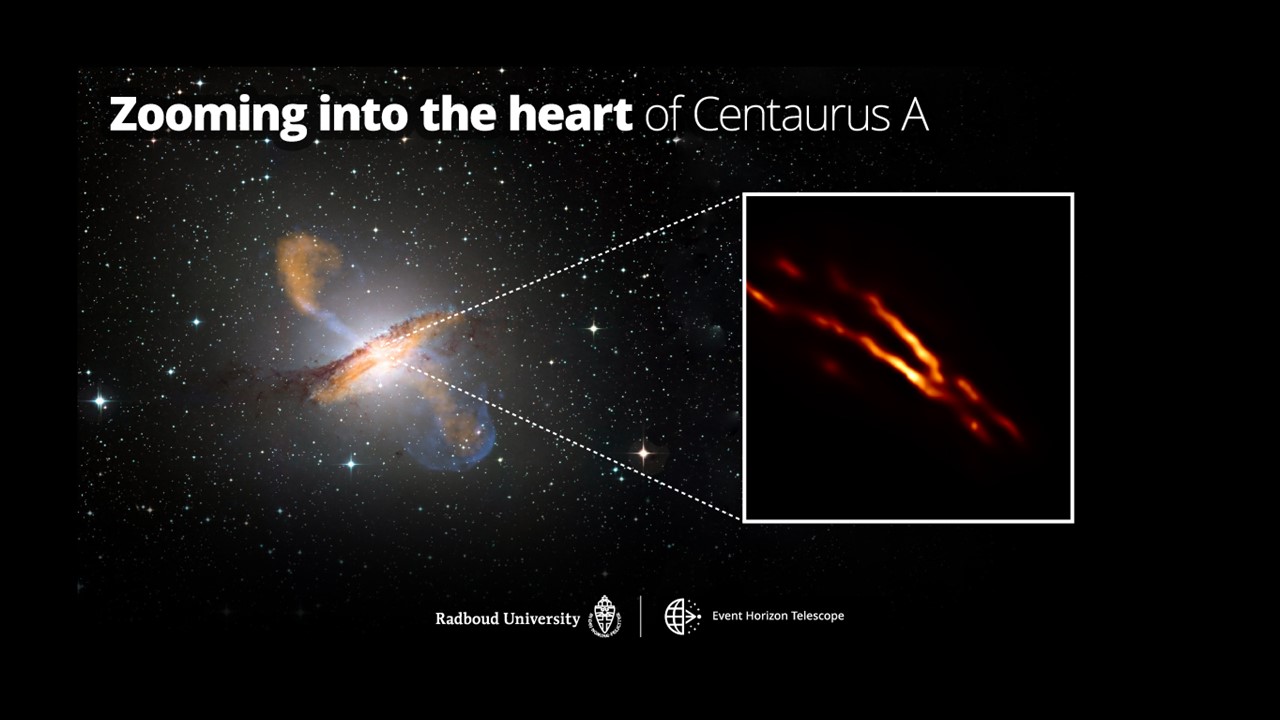Even the most supermassive of the supermassive black holes aren’t very large, making it extremely difficult to measure their sizes. However, astronomers have recently developed a new technique that can estimate the mass of a black hole based on the movement of hot gas around them – even when the black hole itself it smaller than a single pixel.
Continue reading “Astronomers Have a new way to Measure the Mass of Supermassive Black Holes”Astronomers Might use Pulsars to First Detect Merging Supermassive Black Holes
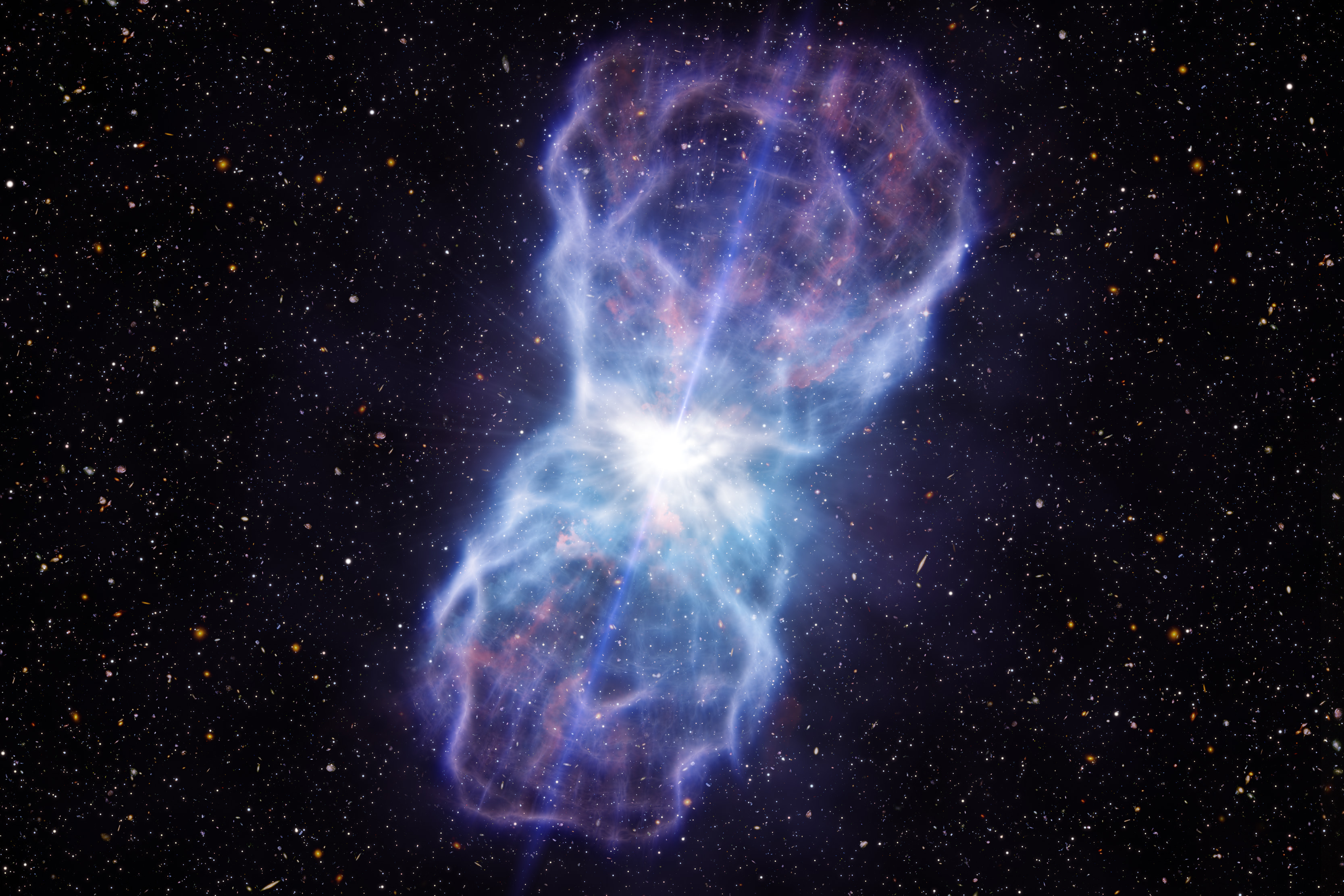
Astronomers have been using gravitational waves to detect merging black holes for years now, but may have to rely on pulsars – rapidly spinning neutron stars – to observe the mergers of supermassive black holes.
Continue reading “Astronomers Might use Pulsars to First Detect Merging Supermassive Black Holes”Even the Quiet Supermassive Black Holes are Blasting out Neutrinos and Gamma Rays
Is there anywhere in the Universe where we can escape from radiation? Certainly not here on Earth. And not in space itself, which is filled with diffuse radiation in the form of gamma rays and neutrinos. Scientists have struggled to explain where all those gamma rays and neutrinos come from. A trio of researchers is proposing a source for all that radiation in a new paper: resting black holes.
Continue reading “Even the Quiet Supermassive Black Holes are Blasting out Neutrinos and Gamma Rays”This is How a Supermassive Black Hole Feeds
At the heart of most massive galaxies in our Universe, there are supermassive black holes (SMBH) on the order of millions to billions of times the mass of the Sun. As these behemoths consume gas and dust that’s slowly fed into their maws, they release tremendous amounts of energy. This leads to what is known as an Active Galactic Nucleus (AGN) – aka. a quasar – which can sometimes send hypervelocity jets of material for light-years.
Since they were first discovered, astrophysicists have suspected that SMBHs play an important role in the formation and evolution of galaxies. However, as a result, there has also been considerable research dedicated to how these massive objects form and evolve themselves. Recently, a team of astrophysicists conducted a high-powered simulation that showed exactly how SMBHs feed and determined that a galaxy’s arms play a vital role.
Continue reading “This is How a Supermassive Black Hole Feeds”If the First Black Holes Collapsed Directly, Could we Detect Radio Signals From Those Moments?
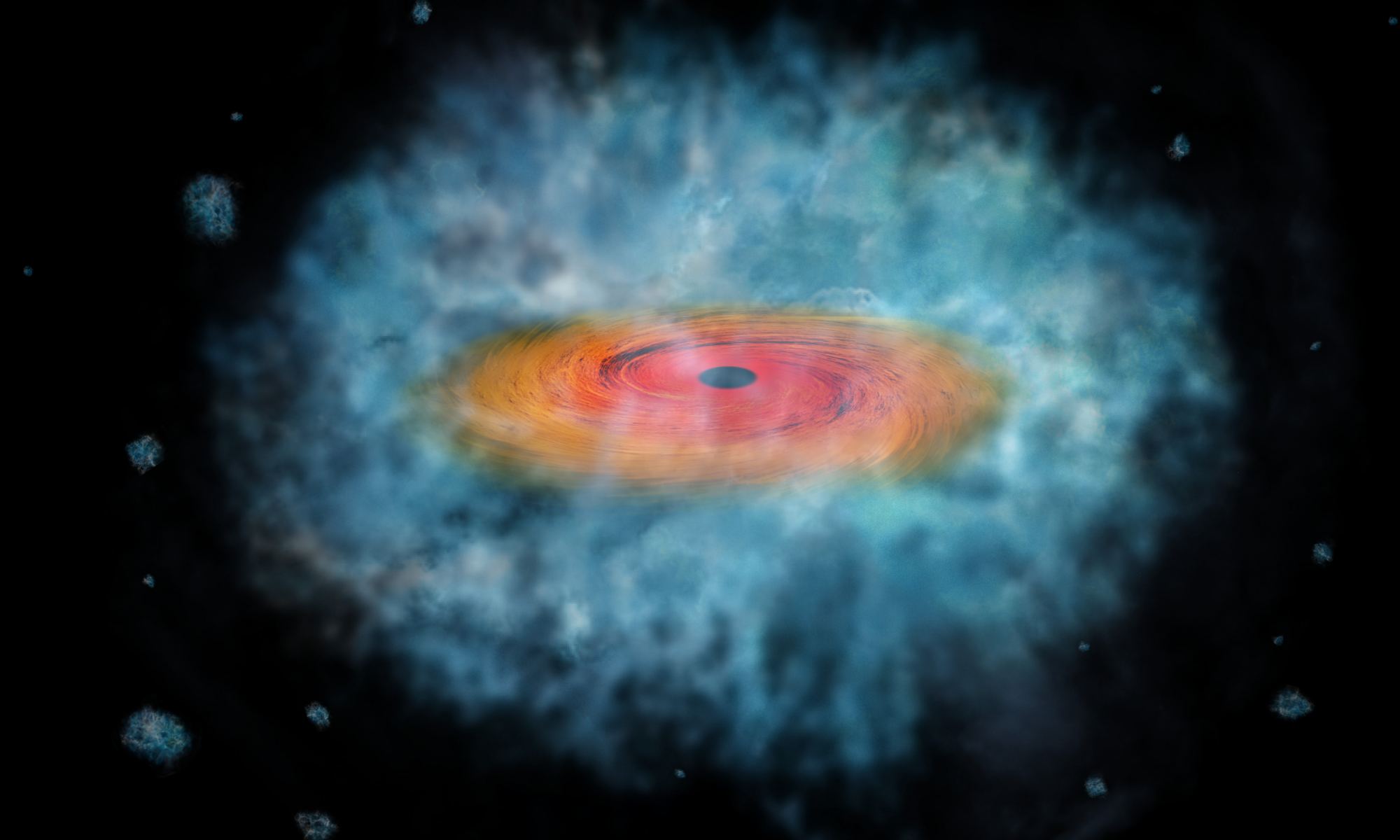
The universe is littered with supermassive black holes. There’s one a mere 30,000 light-years away in the center of the Milky Way. Most galaxies have one, and some of them are more massive than a billion stars. We know that many supermassive black holes formed early in the universe. For example, the quasar TON 618 is powered by a 66 billion solar mass black hole. Since its light travels nearly 11 billion years to reach us, TON 618 was already huge when the universe was just a few billion years old. So how did these black holes grow so massive so quickly?
Continue reading “If the First Black Holes Collapsed Directly, Could we Detect Radio Signals From Those Moments?”The Event Horizon Telescope Zooms in on Another Supermassive Black Hole
On April 10th, 2019, the world was treated to the first image of a black hole, courtesy of the Event Horizon Telescope (EHT). Specifically, the image was of the Supermassive Black Hole (SMBH) at the center of the supergiant elliptical galaxy known as M87 (aka. Virgo A). These powerful forces of nature are found at the centers of most massive galaxies, which include the Milky Way (where the SMBH known as Sagittarius A* is located).
Using a technique known as Very-Long-Baseline Interferometry (VLBI), this image signaled the birth of a new era for astronomers, where they can finally conduct detailed studies of these powerful forces of nature. Thanks to research performed by the EHT Collaboration team during a six-hour observation period in 2017, astronomers are now being treated to images of the core region of Centaurus A and the radio jet emanating from it.
Continue reading “The Event Horizon Telescope Zooms in on Another Supermassive Black Hole”How did Supermassive Black Holes Form? Collapsing Dark Matter Halos can Explain Them
We don’t quite understand how the first supermassive black holes formed so quickly in the young universe. So a team of physicists are proposing a radical idea. Instead of forming black holes through the usual death-of-a-massive-start route, instead giant dark matter halos directly collapsed, forming the seeds of the first great black holes.
Continue reading “How did Supermassive Black Holes Form? Collapsing Dark Matter Halos can Explain Them”Supermassive Black Hole Winds Were Already Blowing Less Than a Billion Years After the Big Bang
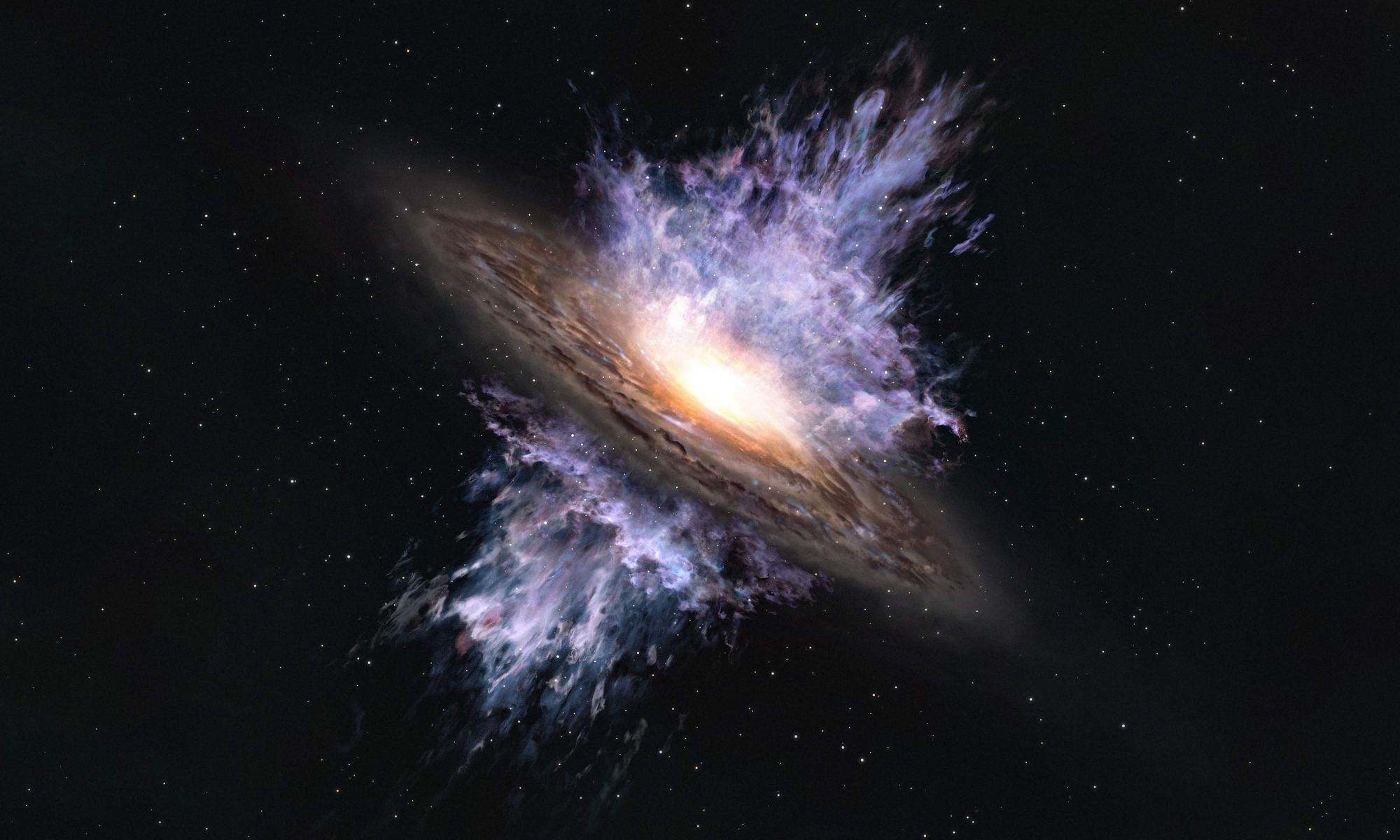
At the heart of most galaxies is a supermassive black hole. These beasts of gravity can play a crucial role in the formation and evolution of their galaxy. But astronomers still don’t fully understand when the influence of black holes becomes significant. Did large black holes form early in the universe, causing galaxies to form around them? Or did black holes grow after its primordial galaxy had begun to form? You might call this the chicken or egg problem. But a recent study suggests that galaxies and their supermassive black holes can have a mutual interaction that allows them to co-evolve.
Continue reading “Supermassive Black Hole Winds Were Already Blowing Less Than a Billion Years After the Big Bang”Whether They’re Stellar-Mass or Supermassive, Black Holes Behave Pretty Much the Same Way
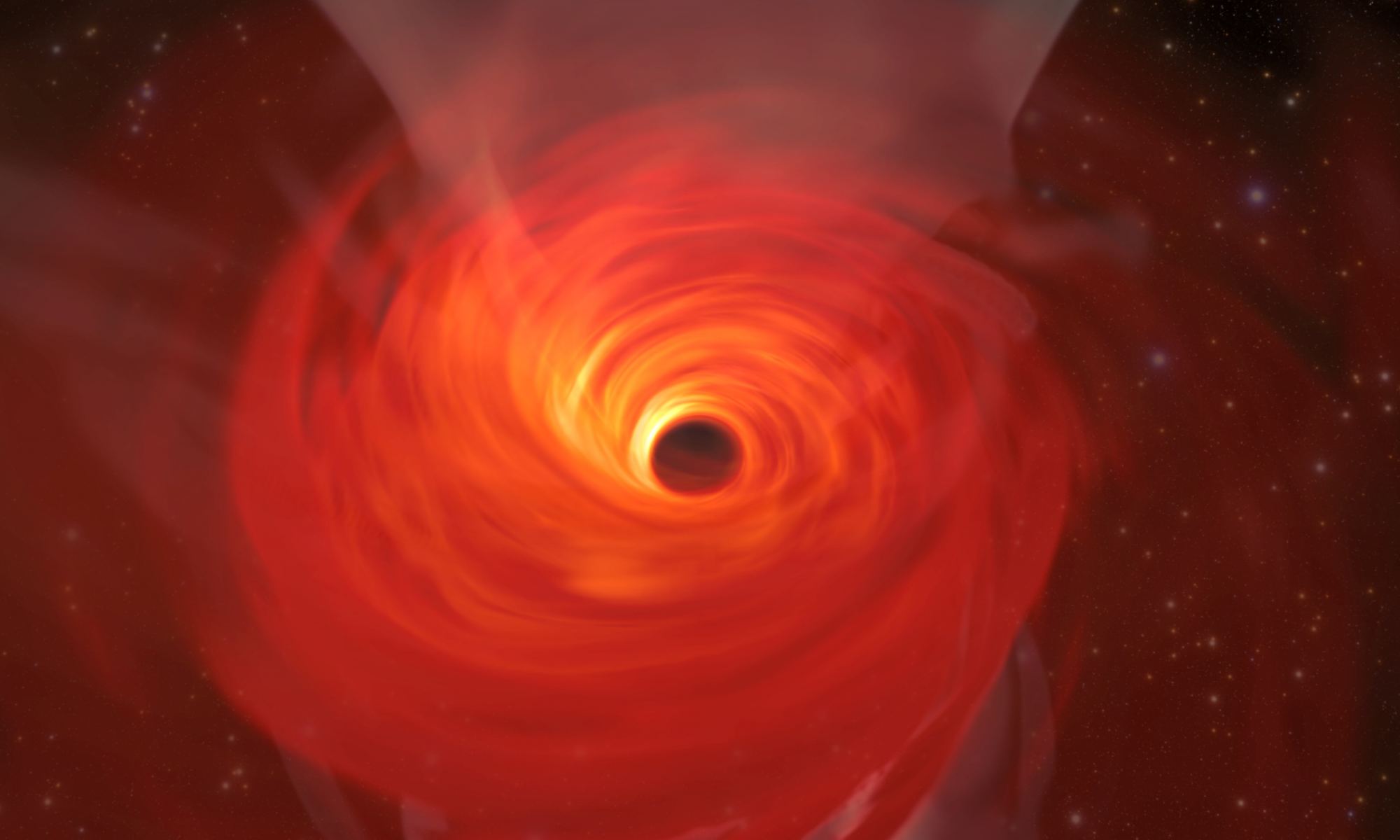
Astronomers recently caught a supermassive black hole gulp down a star. It flared in exactly the same way as its smaller cousins do when those black holes have a snack. It just took longer and was a million times brighter.
Continue reading “Whether They’re Stellar-Mass or Supermassive, Black Holes Behave Pretty Much the Same Way”Did Supermassive Black Holes Form Directly From Dark Matter?
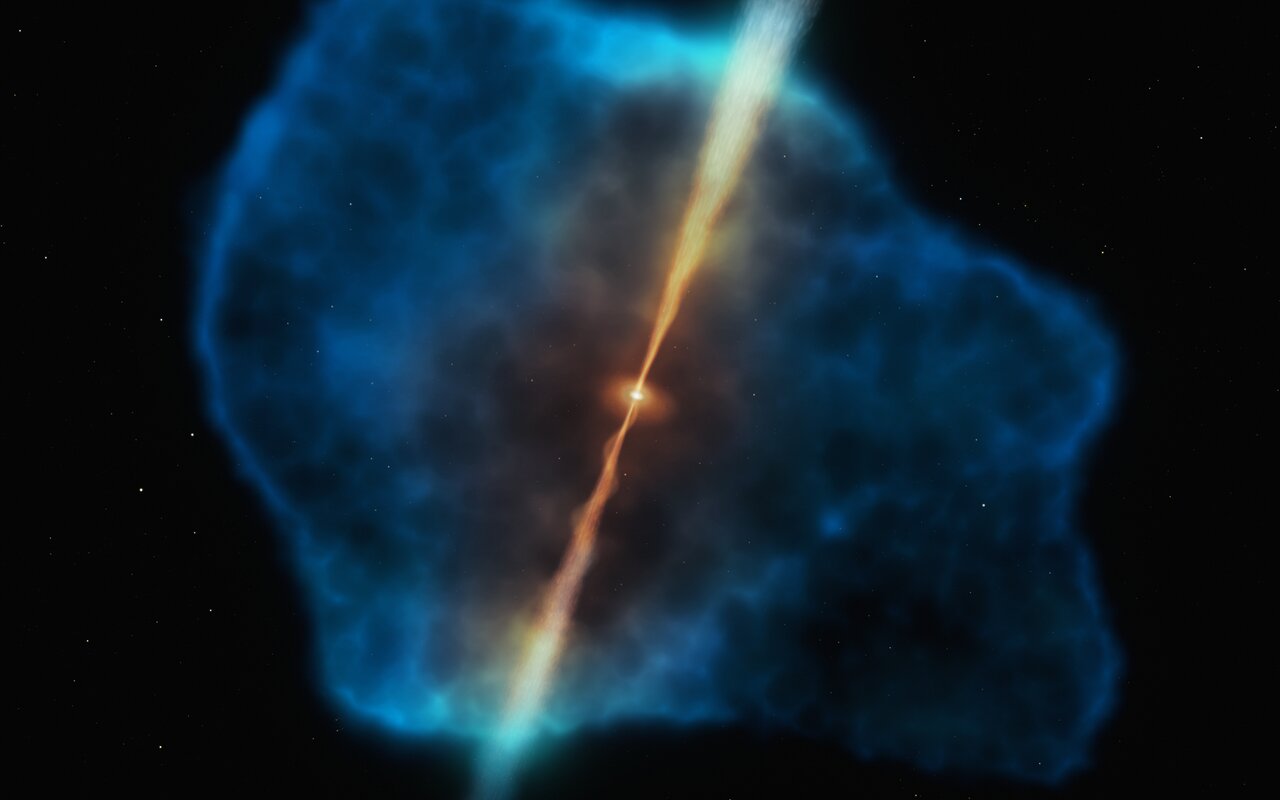
Supermassive black holes are just a little bit too supermassive – astronomers have difficulty explaining how they got so big so quickly in the early universe. So maybe it’s time for a new idea: perhaps giant black holes formed directly from dark matter.
Continue reading “Did Supermassive Black Holes Form Directly From Dark Matter?”
